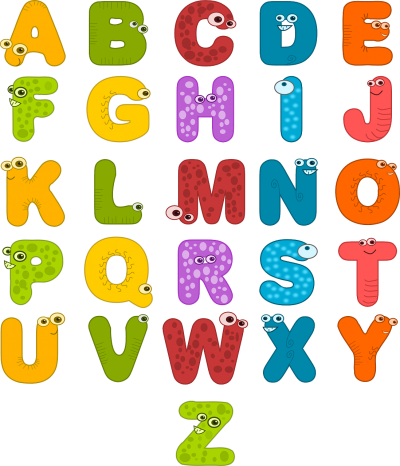
Description:
Auditory sensory problems arise due to ears and brain not coordinating fully, there is an interference in how the brain interprets sounds. Learners with auditory sensory problems can usually recognize different sounds but only if they are in a controlled and quiet environment. Some ways in which auditory sensory problems can be seen is if the learner is easily distracted or bothered by loud noises, if their behavior improves in quieter environments, if they have trouble following directions, and if they struggle with following conversations.
Purpose
Auditory sensory activities are important for learners with auditory sensory problems because they can help decrease existing harmful coping mechanisms. It is also important to practice such activities to ensure that learners can become more aware of different sounds and how to differentiate them in loud environments.















